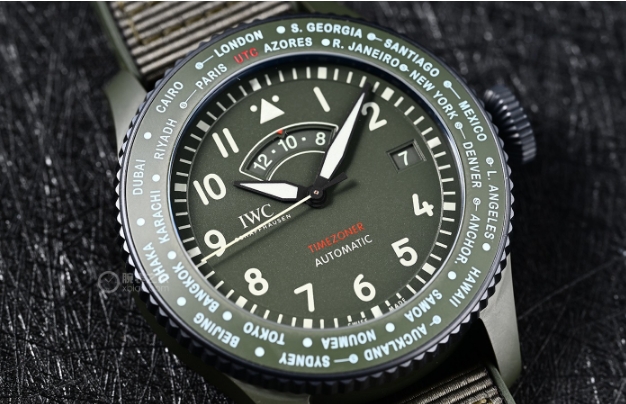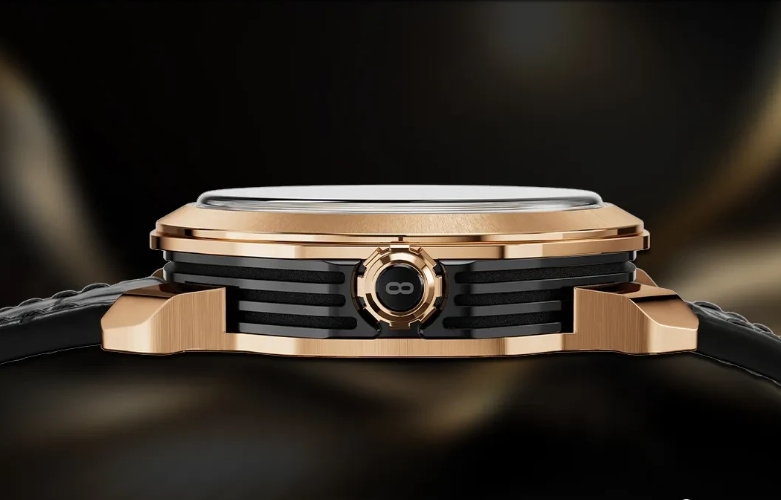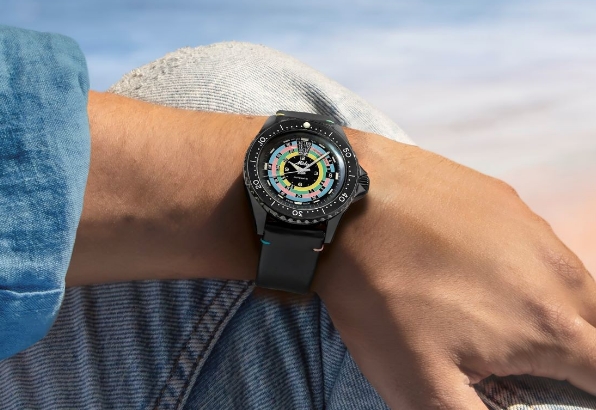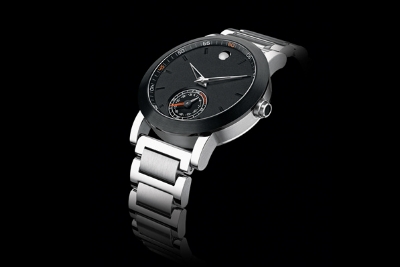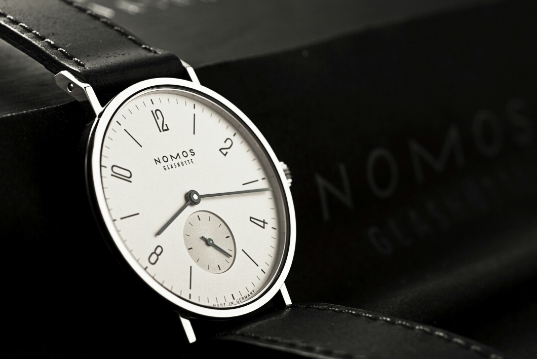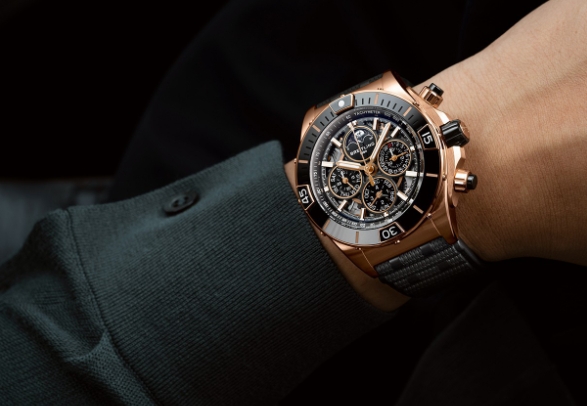Throughout the vast expanse of history, watches have evolved from mere instruments of timekeeping into cultural and artistic heirlooms. From their inception as precise timing devices to their current status as luxury items embodying technology, aesthetics, and emotion, the world of watches has undergone numerous innovations and transformations. In this rapidly changing era, crossover fusion has emerged as a vital force driving the development of the watch industry, particularly when traditional watchmaking craft collides with modern design philosophy, sparking a revolution in the aesthetics of time.
The Persistence and Transmission of Traditional Craftsmanship
Traditional watchmaking craftsmanship is the culmination of craftsmanship spirit and the accumulation of time. From hand-engraved dials to meticulously polished cases; from the intricate assembly of complex mechanisms to the dazzling brilliance of sapphire crystal glass, every craft embodies the dedication and wisdom of artisans. These crafts are not only challenges to technological limits but also the ultimate pursuit of beauty. In the realm of traditional craftsmanship, every watch is a unique artwork that narrates past stories and bears the weight of history.
The Innovation and Breakthrough of Modern Design Philosophy
In contrast, modern design philosophy emphasizes creativity, simplicity, and functionality. With technological advancements and shifts in aesthetic preferences, designers have begun to incorporate new materials, technologies, and avant-garde design concepts into watch designs. They are no longer confined by traditional forms and functions but dare to break boundaries, creating timepieces that are both modernly appealing and practical. These watches often feature sleek lines, futuristic shapes, and integrated smart features such as Bluetooth connectivity and health monitoring, bridging the gap between tradition and modernity, technology and lifestyle.
Crossover Fusion: A New Chapter in Time
When traditional watchmaking craft meets modern design philosophy, their collision and fusion inject new vitality into the watch industry, ushering in a new era of time aesthetics. On one hand, traditional craftsmanship provides modern design with a rich source of inspiration, enabling design works to maintain their innovativeness while also showcasing profound cultural heritage and artistic value. On the other hand, the infusion of modern design philosophy rejuvenates traditional craftsmanship in the contemporary context, reviving ancient handicrafts through innovative design languages and technological means.
For instance, some high-end watch brands have begun to combine traditional hand-engraving techniques with modern 3D printing technology, creating dials that blend traditional charm with a modern touch. Additionally, by incorporating smart chips and other modern technological elements, these watches acquire multifaceted functions like health management and information reminders, catering to modern people's pursuit of efficient and convenient lifestyles.
The Significance and Outlook of Crossover Fusion
Crossover fusion is not only an inevitable trend in the watch industry's development but also a vital manifestation of cultural heritage and innovation. It breaks down the barriers between tradition and modernity, allowing ancient handicrafts and modern technology to shine in harmony across the expanse of time, jointly narrating new stories about time. As technology continues to advance and aesthetic preferences evolve, crossover fusion will serve as a driving force for the sustained development of the watch industry. We have every reason to believe that in the near future, more watch creations fusing traditional craftsmanship with modern design will emerge, showcasing the infinite charm and possibilities of time in even more unique and diverse forms.
In conclusion, crossover fusion has built a bridge between traditional watchmaking craft and modern design philosophy, enabling both to grow and progress together through mutual collision and fusion. This revolution in the aesthetics of time not only showcases the immense potential and promising future of the watch industry but also profoundly embodies the power of cultural heritage and innovation.

